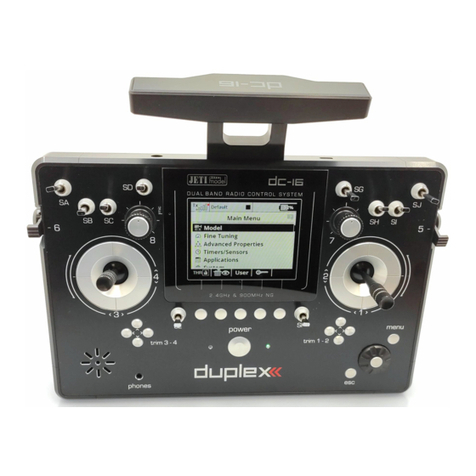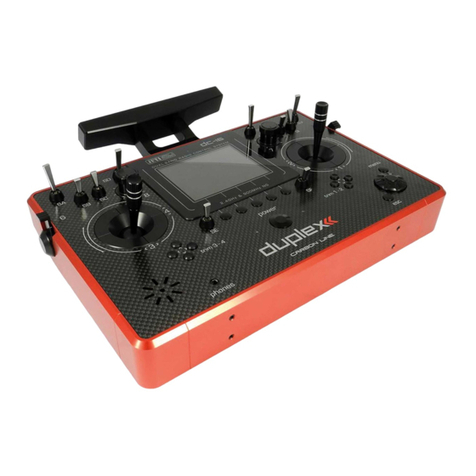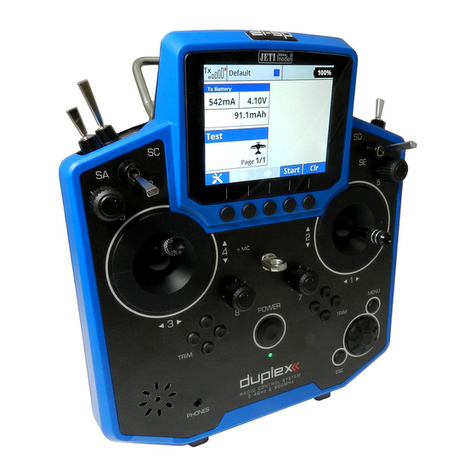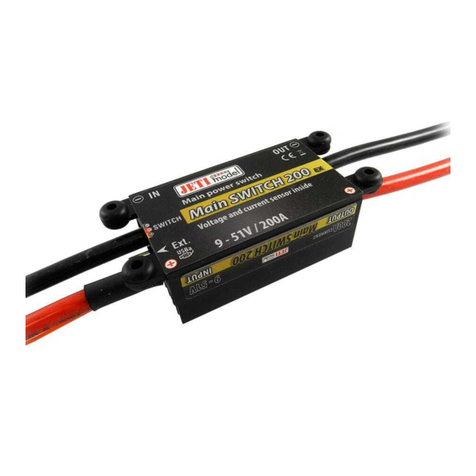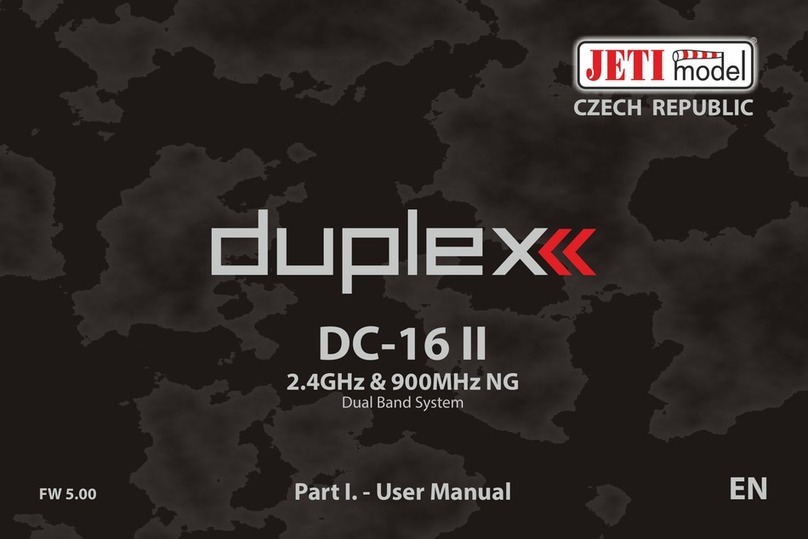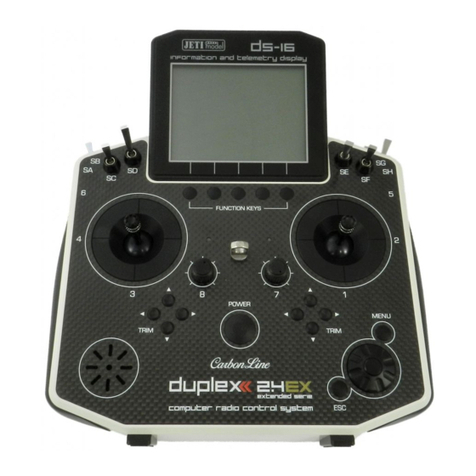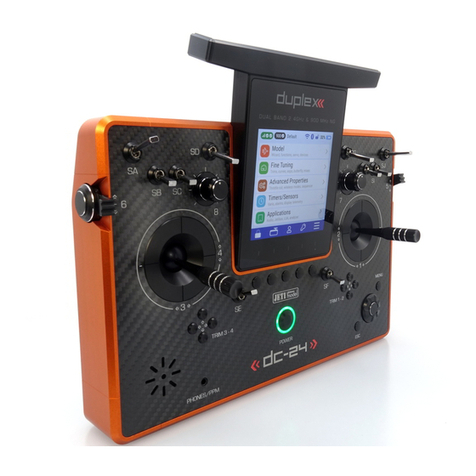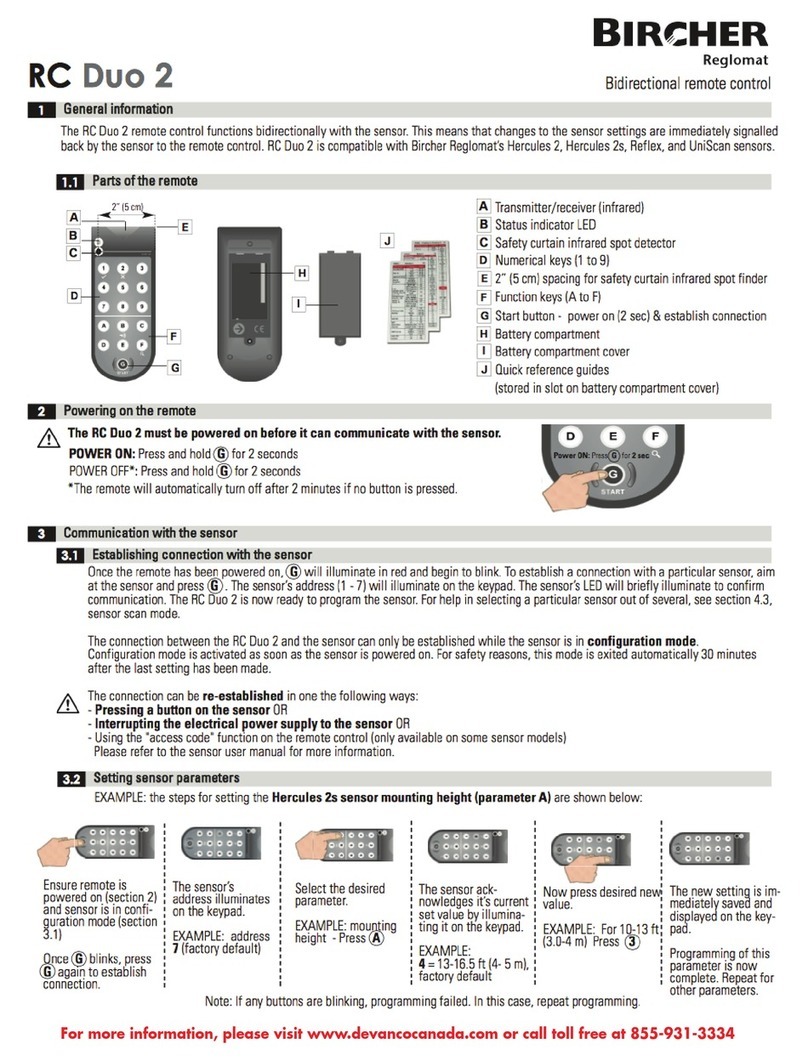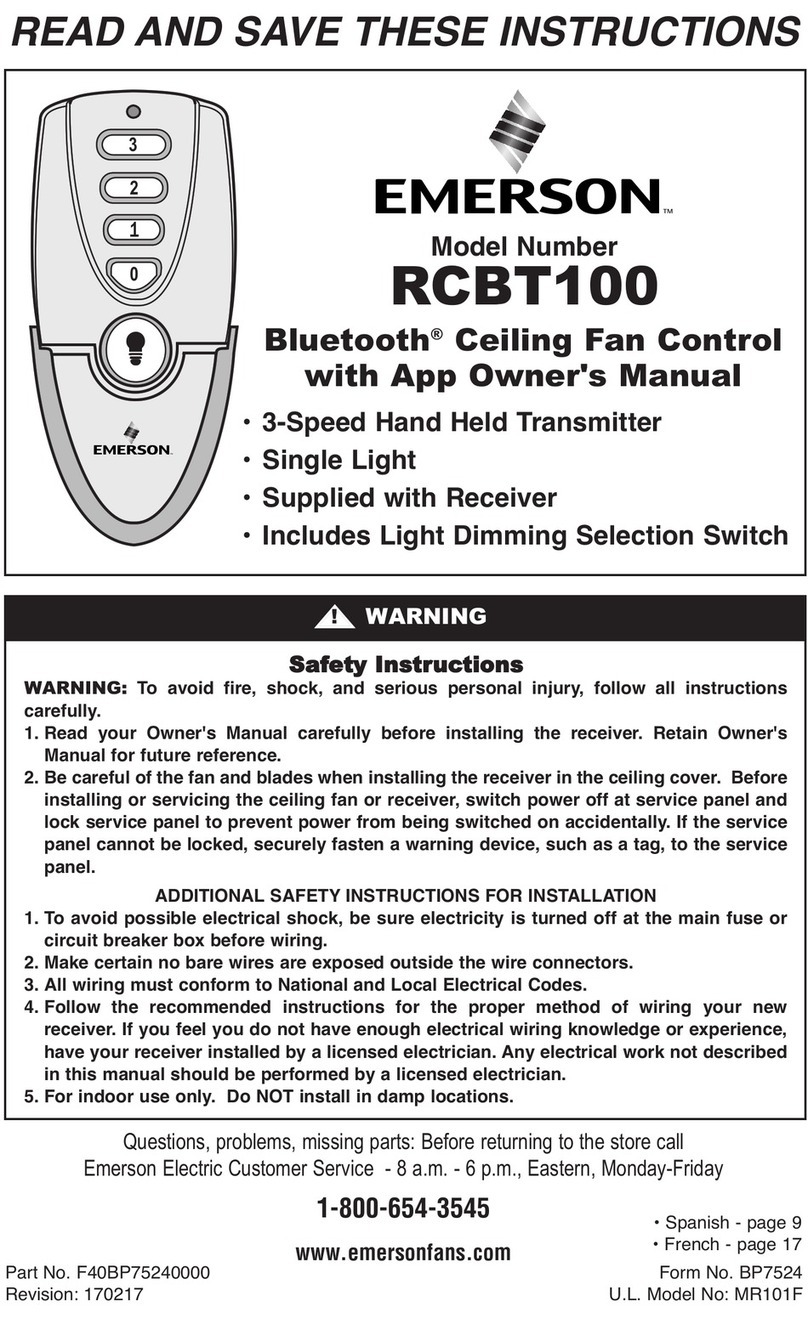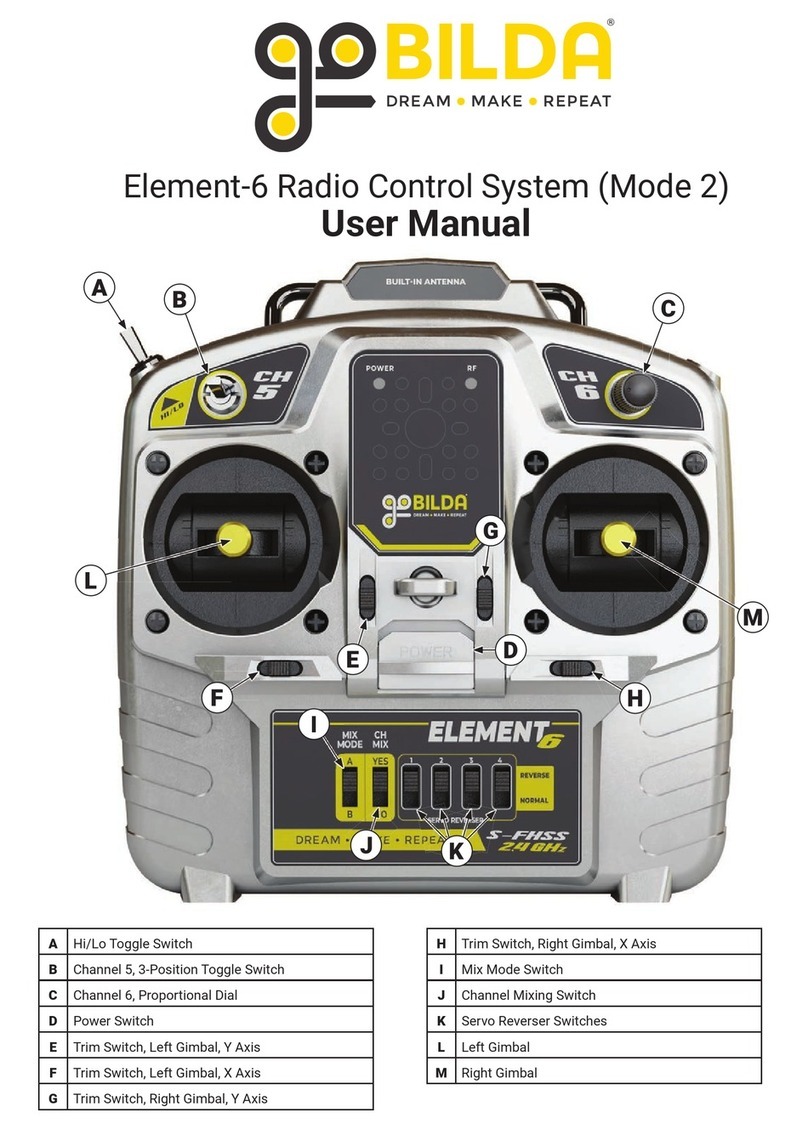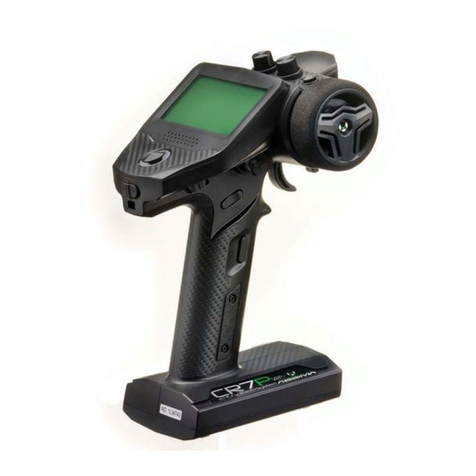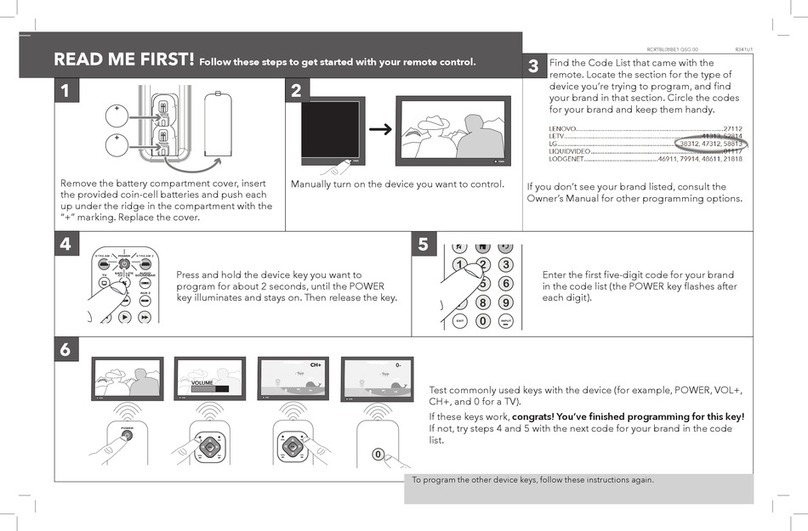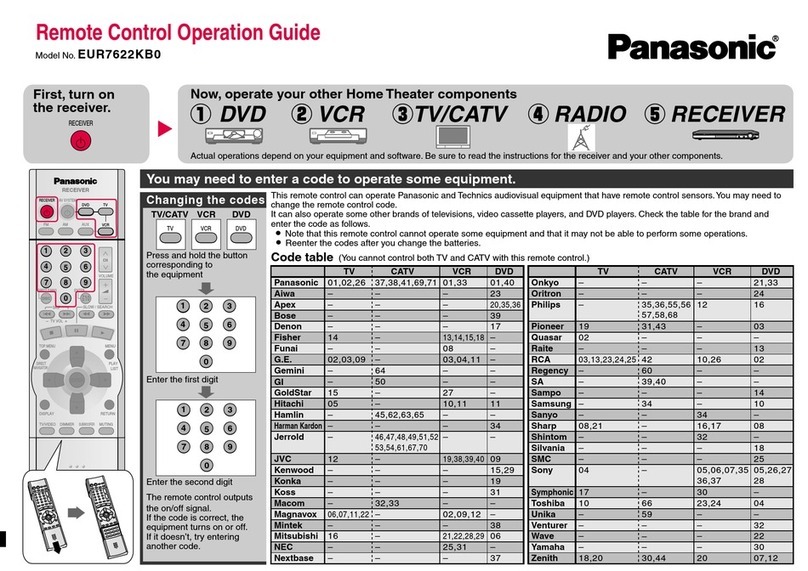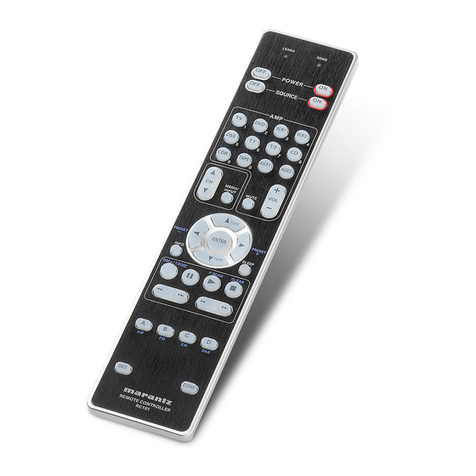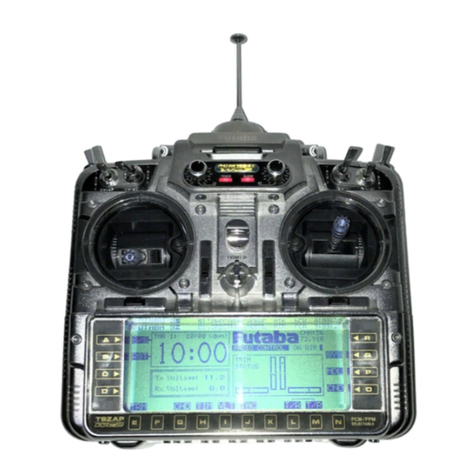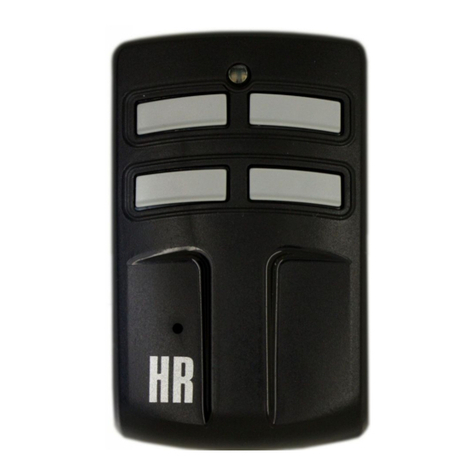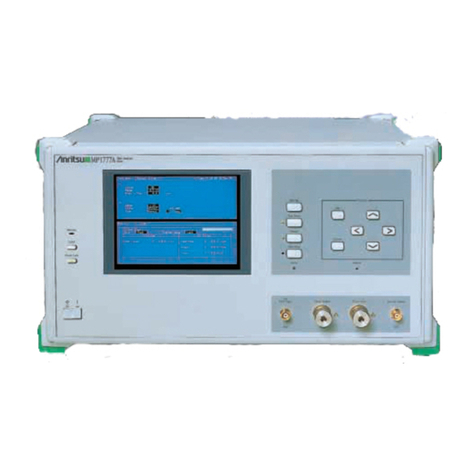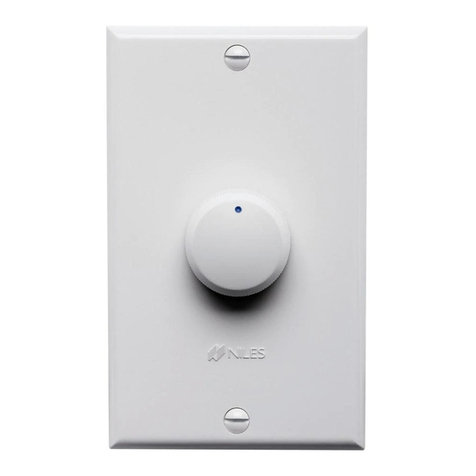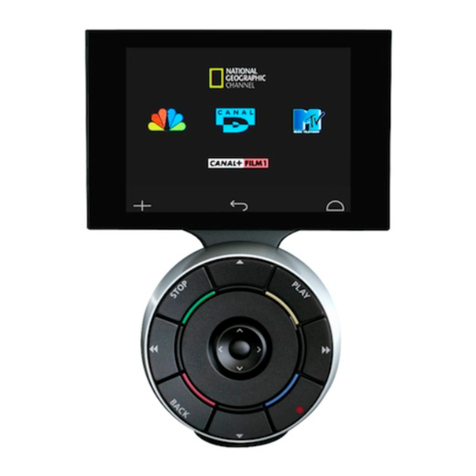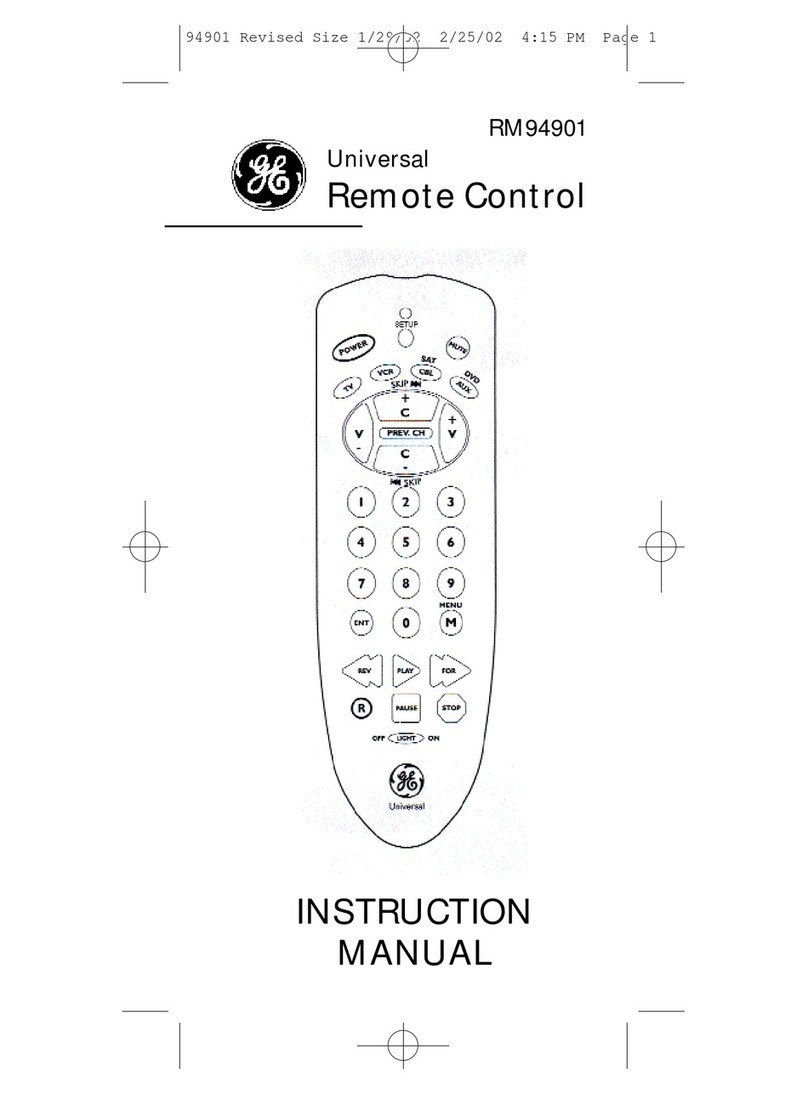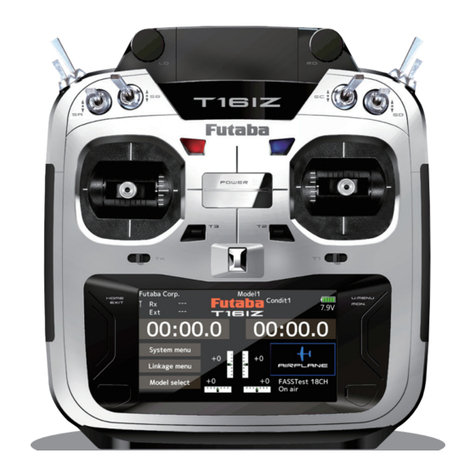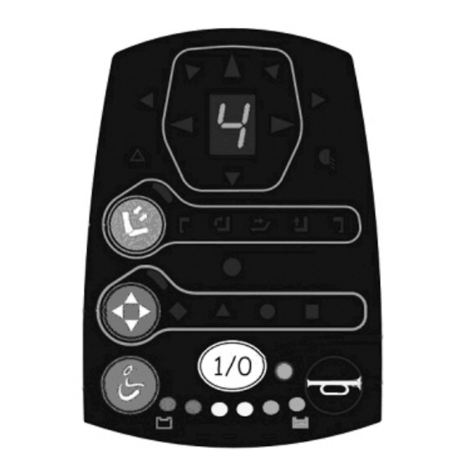
EN
1. Introduction ..................................................................................... 2 EN
1.1 Attributes ................................................................................... 3 EN
2. Description ........................................................................................ 3 EN
2.1 Central Box 200 ....................................................................... 3 EN
2.2. Central Box 100 ....................................................................... 5 EN
2.3 Magnetic switch ( Central Box 200 only) ............................ 6 EN
3. Connection ...................................................................................... 7 EN
3.1 Power Supply ............................................................................ 7 EN
3.2 Overload protection of servos ............................................ 10 EN
3.3 Connecting Central Box – PPM variant ............................ 11 EN
3.4 Connecting Central Box – EX Bus variant ........................ 12 EN
4. Configuration via JETIBOX ....................................................... 14 EN
4.1 Actual values .......................................................................... 15 EN
4.2 Minimum / Maximum values ............................................. 15 EN
4.3 Setting ..................................................................................... 16 EN
4.4 Out Pin Set ............................................................................... 17 EN
4.5 Alarms .................................................................................... 18 EN
4.6 Service information .............................................................. 19 EN
5. Configuration via the DC/DS transmitter ............................. 20 EN
5.1 General Settings .................................................................... 21 EN
5.2 Fail-Safe .................................................................................. 22 EN
5.3 Servo Output Mapping ....................................................... 23 EN
5.4 Telemetry ............................................................................... 23 EN
5.5 Telemetry Min/Max .............................................................. 24 EN
5.6 Reset to factory settings ...................................................... 24 EN
6. Firmware update ........................................................................... 25 EN
7. Safety precautions for working with magnets ................... 26 EN
8. Technical specifications of the Central Box .......................... 27 EN
9. Warranty, service and the technical support ....................... 28 EN
1 EN
